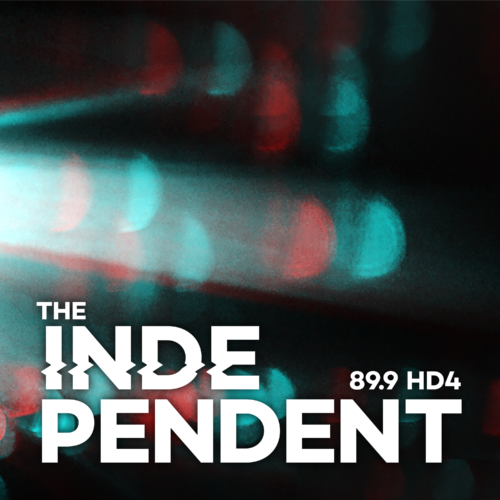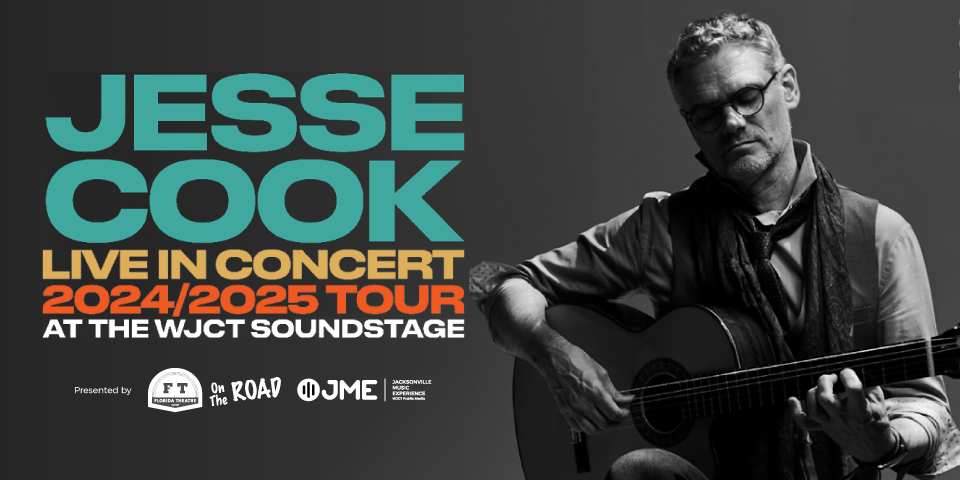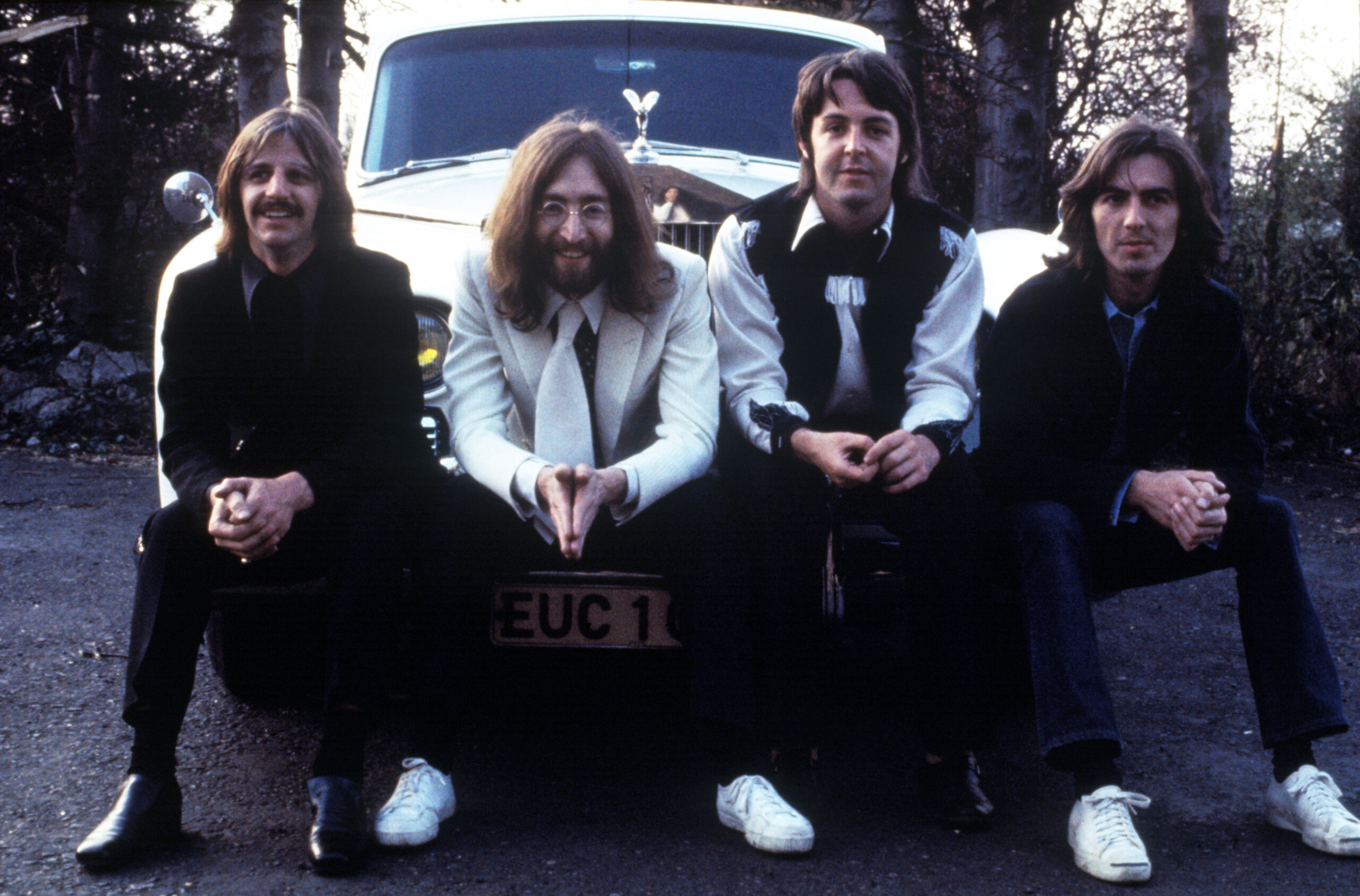
Let’s get the most obvious critique out of the way first: “Now and Then,” the song billed as The Beatles‘ final single, can’t possibly live up to “Let It Be,” “Strawberry Fields Forever” or whatever happens to serve as your personal favorite Beatles song. The song began as a modest demo — just John Lennon, recording on a boombox at home in the late ’70s, with a TV on in the background — and it lives on as a modest demo that’s been blown out into a credible full-band production.
The story of that production is as interesting as the song itself, if not more so. The band began the process of gussying up “Now and Then” back in the mid-’90s, during the sessions that completed the previous “last Beatles songs” — namely 1995’s “Free As a Bird” and 1996’s “Real Love.” George Harrison even recorded a guitar part for “Now and Then,” which is crucial, given that he died in 2001. The problem: Given the original tape quality, a persistent hiss and the TV in the background, Lennon’s demo just wasn’t showroom-ready. They couldn’t isolate his vocal and piano enough to polish them up to where they needed to be, so the song was shelved.
That’s where artificial intelligence came into play. Using the same technology Peter Jackson used to restore the footage that formed his epic 2021 documentary The Beatles: Get Back, AI helped separate Lennon’s vocal, his piano and the extraneous background sounds and hisses that needed to be removed. For all the hand-wringing about The Beatles getting an assist from AI, this isn’t some zombie AI Lennon writing and performing a song from scratch.
Still, “Now and Then” never surpasses what it was destined to be: a heartfelt, lovingly rendered curiosity. It’s easy to see how Lennon’s words would take on greater meaning for surviving Beatles Paul McCartney and Ringo Starr, who surely look back on their departed friends with a mix of sadness and gratitude: “Now and then / I miss you / Oh, now and then / I want you to be there for me / Always to return to me.”
As that excerpt suggests, however, there’s not a whole lot to “Now and Then,” lyrically speaking, other than generalized appreciation, nostalgia and deep wistfulness. It’s a cocktail of emotions that’s appropriate to The Beatles, circa 2023, when half its members have died far too soon and the other half are looking back on Lennon’s words through the vantage point of their early 80s. But there’s not much insight here, and Lennon’s vocal — buffed up as it is — surely wasn’t up to how he’d have wanted the finished song to sound.
Which leaves us with four simple, improbably finished minutes of closure. “Now and Then” could never live up to the body of work that precedes it. But it could never diminish it, either. Best to let it be, then, and celebrate every Beatles moment we’ve got.
9(MDEwNzczMDA2MDEzNTg3ODA1MTAzZjYxNg004))
Transcript :
ARI SHAPIRO, HOST:
It’s a track 45 years in the making. Today The Beatles released what they’re calling their final song.
(SOUNDBITE OF SONG, “NOW AND THEN”)
THE BEATLES: (Singing) And now and then, if we must start again.
SHAPIRO: It’s called “Now And Then,” and it features performances from all four Beatles. Here to talk about the song and how it happened is Stephen Thompson from NPR Music and Pop Culture Happy Hour. Hey, Stephen.
STEPHEN THOMPSON, BYLINE: Hey, Ari.
SHAPIRO: OK. John Lennon died in 1980. George Harrison died in 2001. How does this song exist?
THOMPSON: Well, John Lennon recorded a demo of this song at home in the late ’70s. It’s just him at a piano. There’s actually a TV on faintly in the background. And in the ’90s, the surviving Beatles tried to clean up the song and finish it the way they did with a couple of other songs during a reissue campaign. George Harrison even recorded a guitar part for the song in 1995, but they ultimately couldn’t salvage the track. Since then, the technology was developed to kind of separate and clean up the raw vocal using software that uses artificial intelligence. And just last year Paul McCartney and Ringo Starr recorded their own contributions to the song to kind of flesh it out, get all four people involved and make it sound like a true Beatles song.
SHAPIRO: OK. Sometimes people talk about AI technology being used to imitate the voice of someone, and that’s not actually what’s happening here.
THOMPSON: No.
SHAPIRO: How was AI used in the production of the song?
THOMPSON: I would think of it almost as like a high-tech remix. When they announced the song, there was a lot of that focus. And I think a lot of people thought, like, they got some kind of like simulated robot John Lennon to write and sing a song, and that’s not the case at all. This is an existing demo. This is his vocal. It’s really just using technology for restoration, exactly the same way that Peter Jackson took all that footage for and used it for the epic 2021 documentary “The Beatles: Get Back,” where they had all this stuff, and they were suddenly able to isolate voices in ways that they didn’t use to be able to. I think the important thing to remember with this song is that all the raw materials are the actual Beatles even though they recorded their contributions across the span of 45 years.
SHAPIRO: Across the universe, one might say.
THOMPSON: Exactly, one might say.
SHAPIRO: As much as I enjoy hearing you talk about the song, I would really like to hear the song. So let’s listen to a little bit more of it.
(SOUNDBITE OF SONG, “NOW AND THEN”)
THE BEATLES: (Singing) Oh, now and then, I want you to be there for me, always to return to me.
SHAPIRO: It’s curious. The Beatles evolved so much from the beginning to the end of their music making. I can’t quite hear where this fits in, like, which era of the Beatles this track is.
THOMPSON: Well, I think in some ways, it fits in at the end. It is kind of a coda. It’s this cocktail of wistfulness and nostalgia and gratitude that is coming in part from men in their early 80s looking back at their friends who they miss. And I think in that way, there is a profound quality to it. But look. There is no way this song was ever going to be “Let It Be” or “Strawberry Fields Forever” or whatever Beatles song you love best. This song started as a modest demo, and it got blown out into a full production. And you can still feel the roots of that.
I don’t think Lennon’s vocal is as strong as, I’m sure, he would have liked. He was very meticulous about how his voice sounded. And I think the lyrics, you know, are – they’re bittersweet. They’re nostalgic. But I don’t think they’re particularly insightful. Where the song hits is just in its mere existence. You’re hearing these artists in the same place in a form that we’ve never heard before, and I think it’s easy to hear this song as a meaningful piece of closure for Paul McCartney and Ringo Starr, who are in that position to kind of look back and miss their friends and tie a bow on this hugely important part of their lives.
SHAPIRO: To me, this also seems different from other examples of musicians who’ve passed away and reissues being produced by their estate, which might not have firsthand knowledge of what those musicians would have wanted, because in this case, two of the four Beatles actually are alive and can weigh in and were actively involved in the production of the track.
THOMPSON: Well, and it’s worth noting that the estates of John Lennon and George Harrison are Yoko Ono, who was, you know, very intertwined with the history of the Beatles and Olivia Harrison and Danny Harrison, who are George Harrison’s family. And they have given this track their blessing. They have been as involved in this as they can. Yoko Ono provided the demo that is the root of this song, and so it is still being carried out from within the Beatles’ extended family.
SHAPIRO: Stephen Thompson is one of the hosts of Pop Culture Happy Hour, and he’ll have more thoughts on “Now And Then” in the NPR music newsletter this weekend. To subscribe, visit npr.org/musicnewsletter. Stephen, thank you for joining us.
THOMPSON: Thank you, Ari.
(SOUNDBITE OF THE BEATLES SONG, “NOW AND THEN”) Transcript provided by NPR, Copyright NPR.
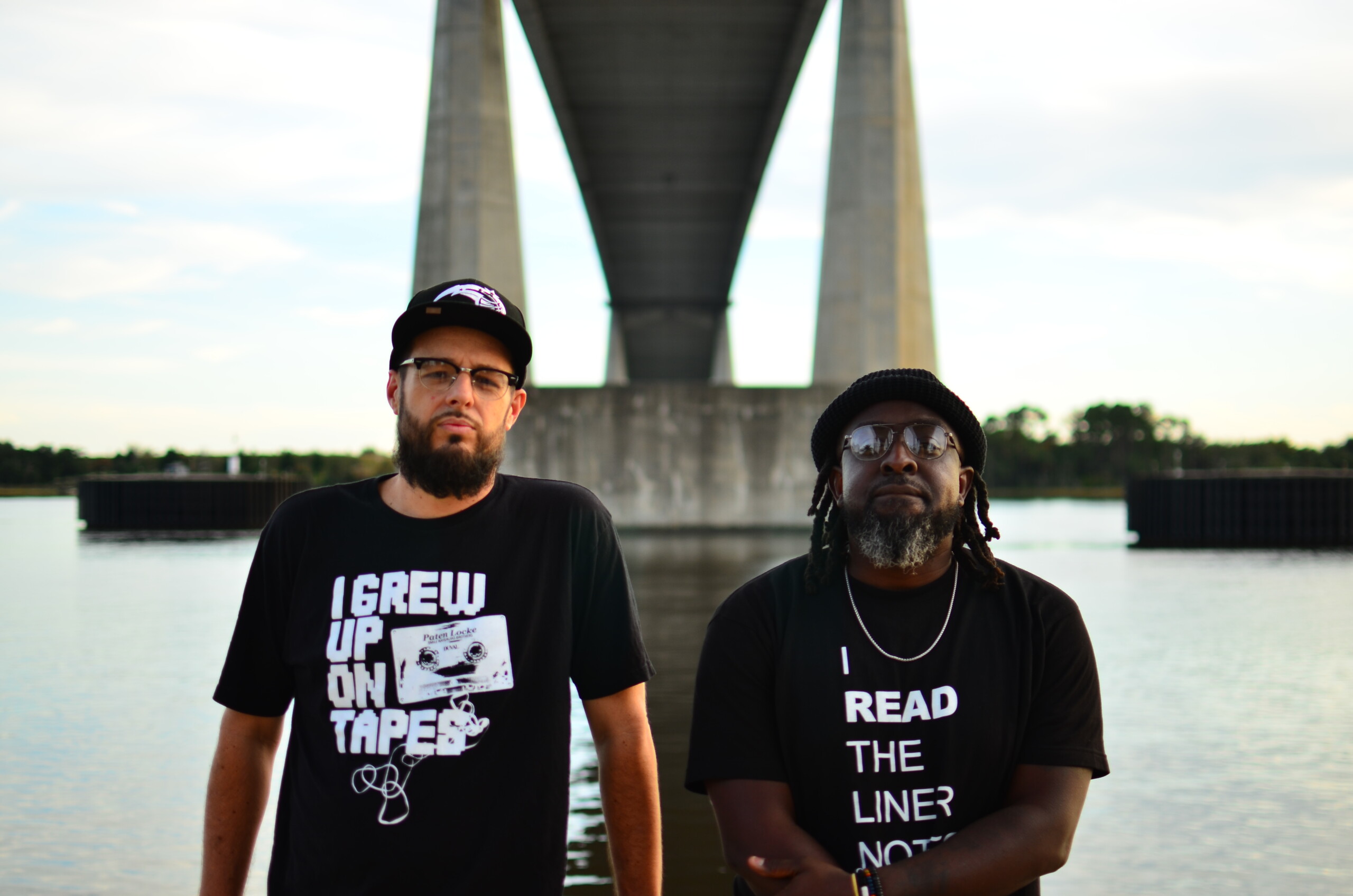
Mr. Al Pete and Notsucal Release Their Latest Collab, ‘G4.5’
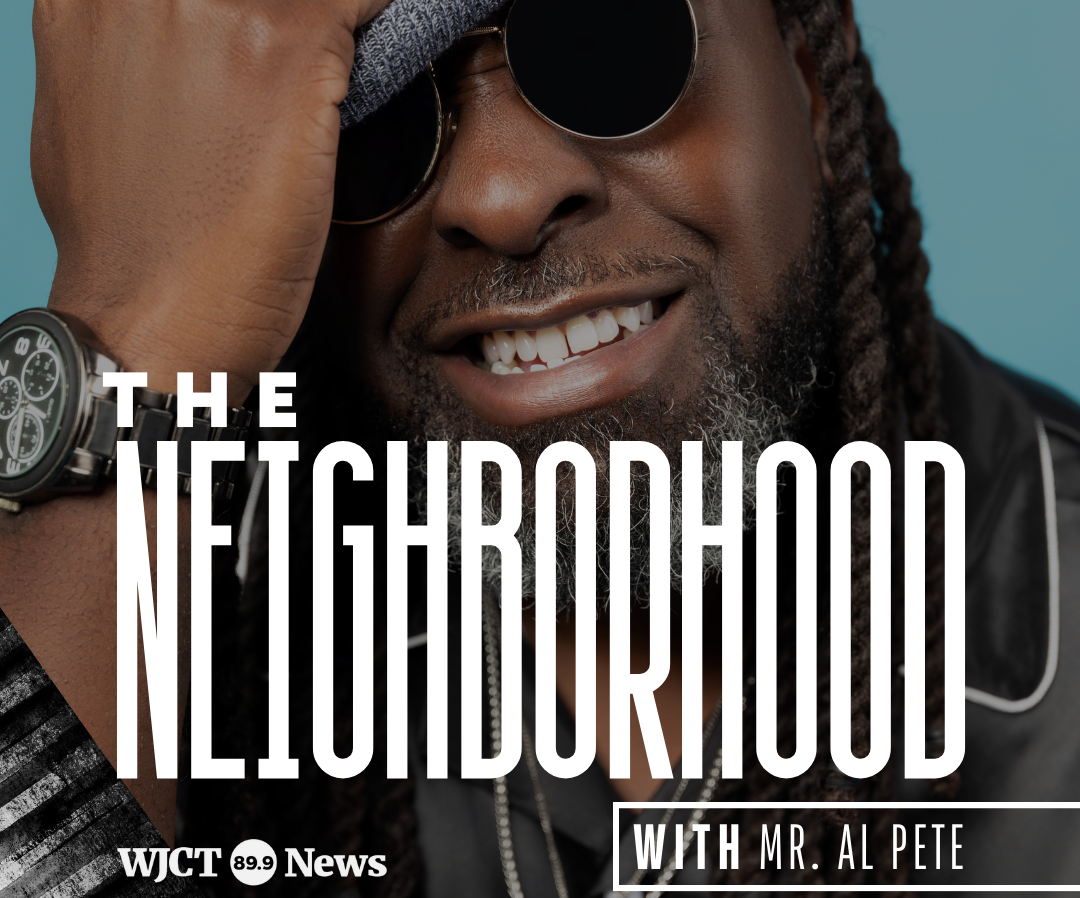
Dinner Party, Tom Misch and More from the Neighborhood with Mr. Al Pete
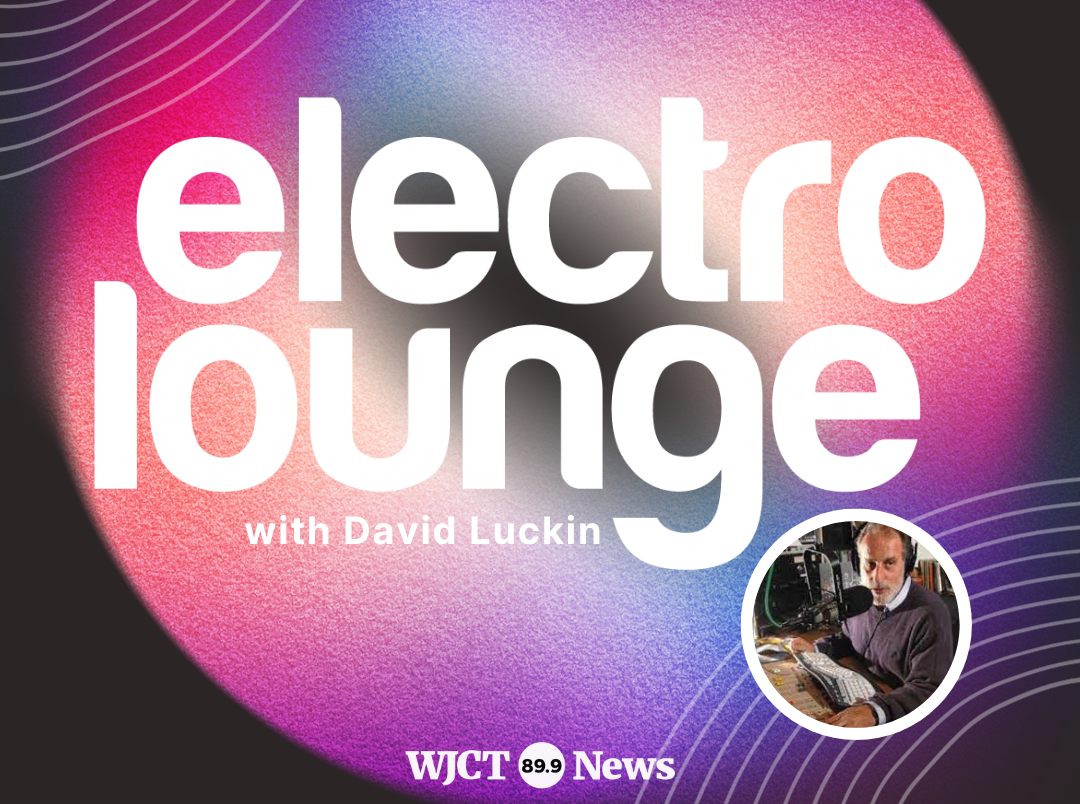
An Ultra-Chill Playlist from the Latest Episode of Electro Lounge
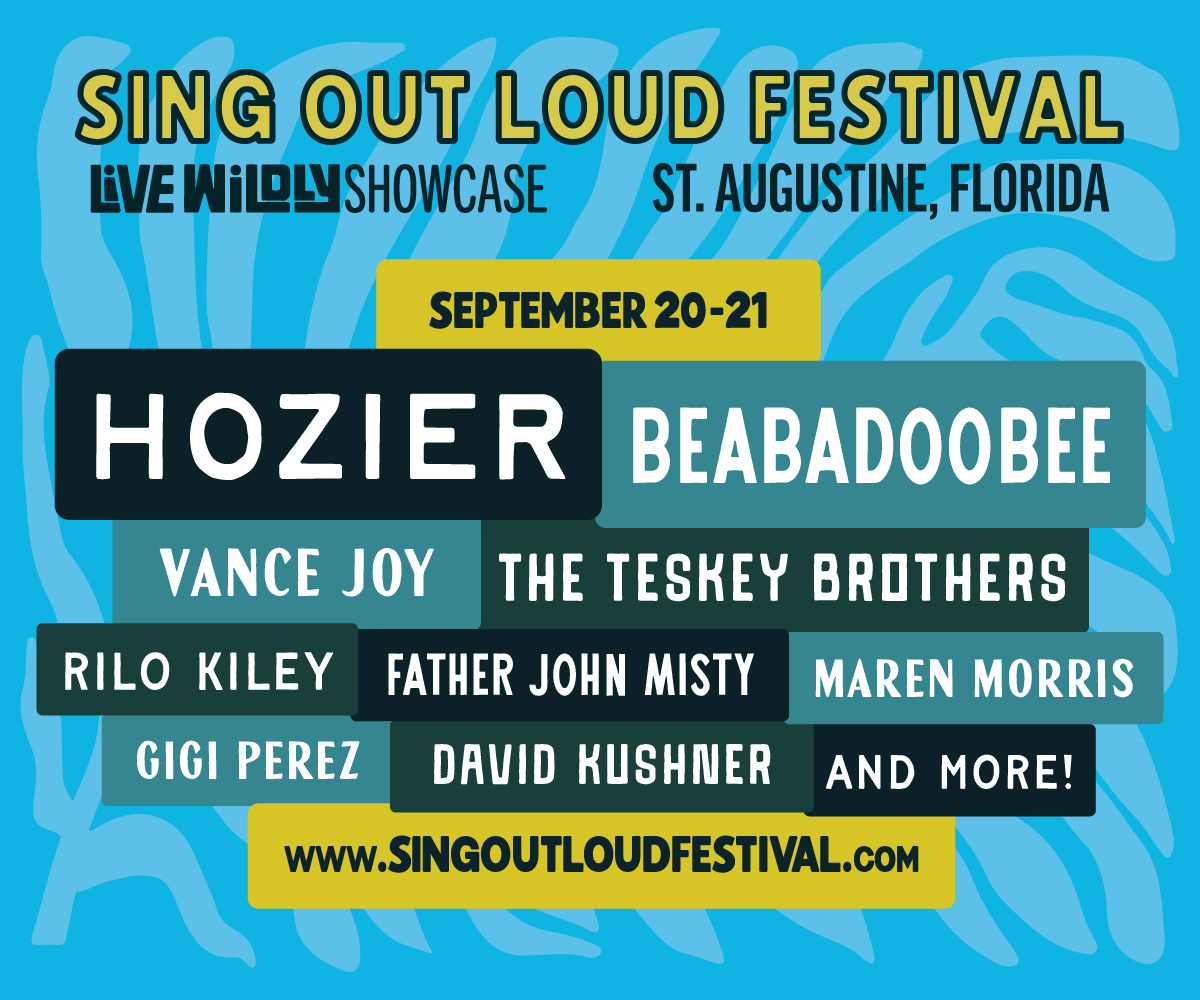
Sing Out Loud Festival Returns With Hozier, Beabadoobee, Father John Misty, Vance Joy and More
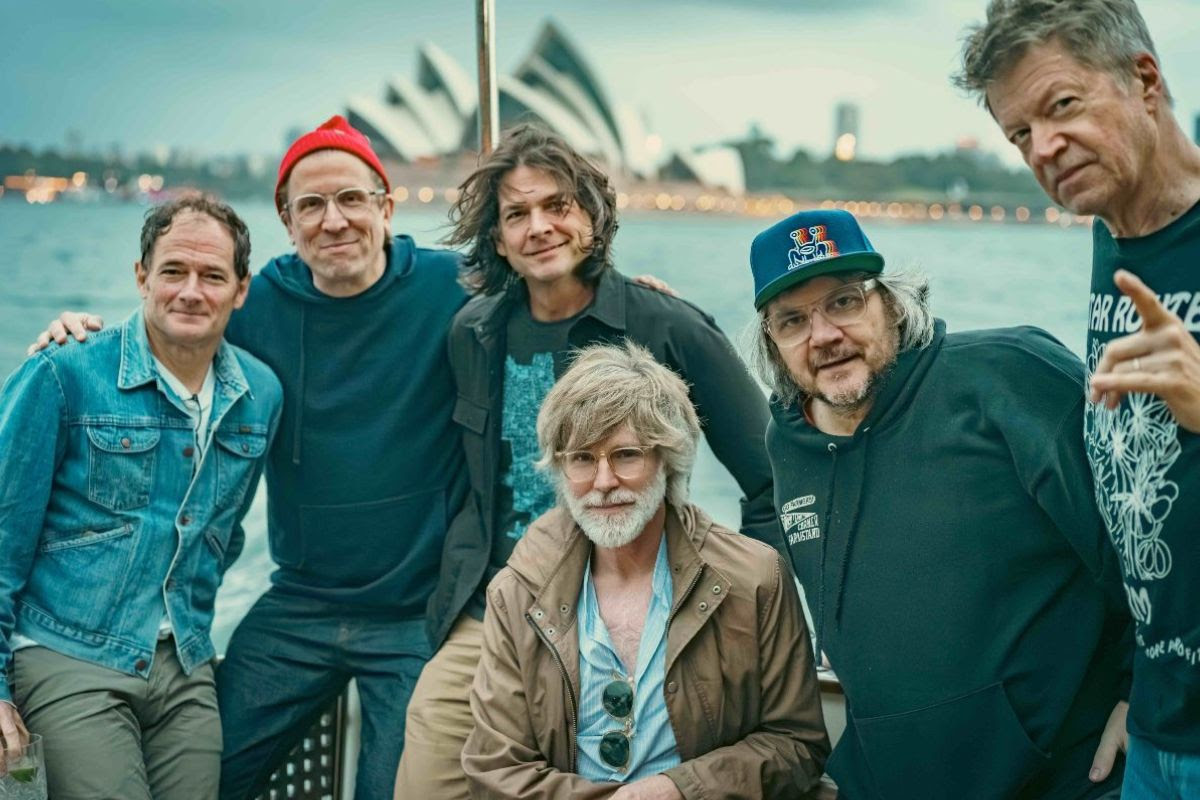
Chicago Alt-Country Faves Wilco Return to St. Augustine with Indie-Folk Great Waxahatchee

Looking for an Alternative to Spotify? Consider Hopping on the band(camp) Wagon
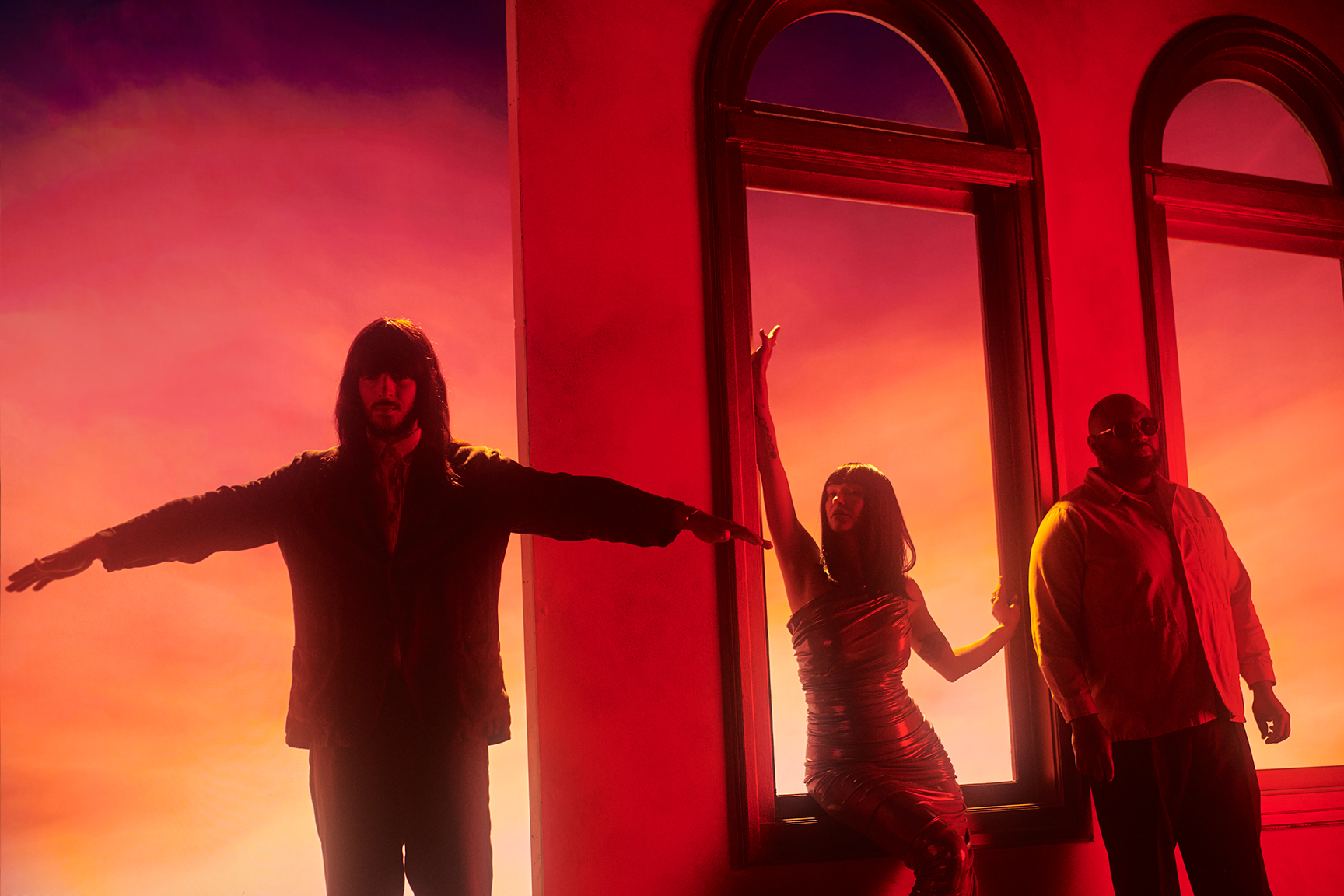
Khruangbin to Bring ‘A LA SALA’ Tour to St. Augustine in April

Perfume Genius, Flipturn, Tamino + Mitski and 6 New Songs to Stream
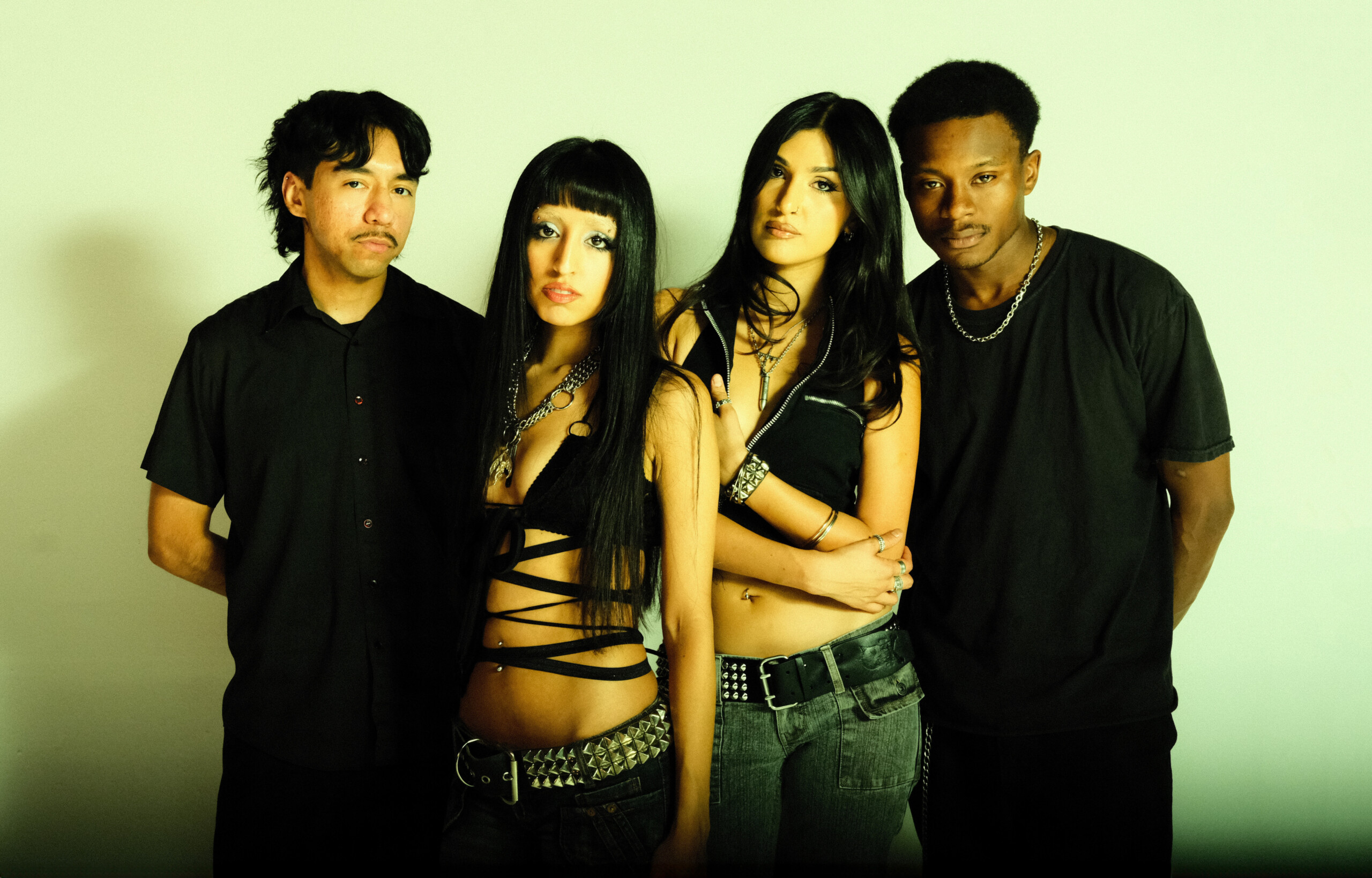
Song of the Day | “all tied up” by Glixen



